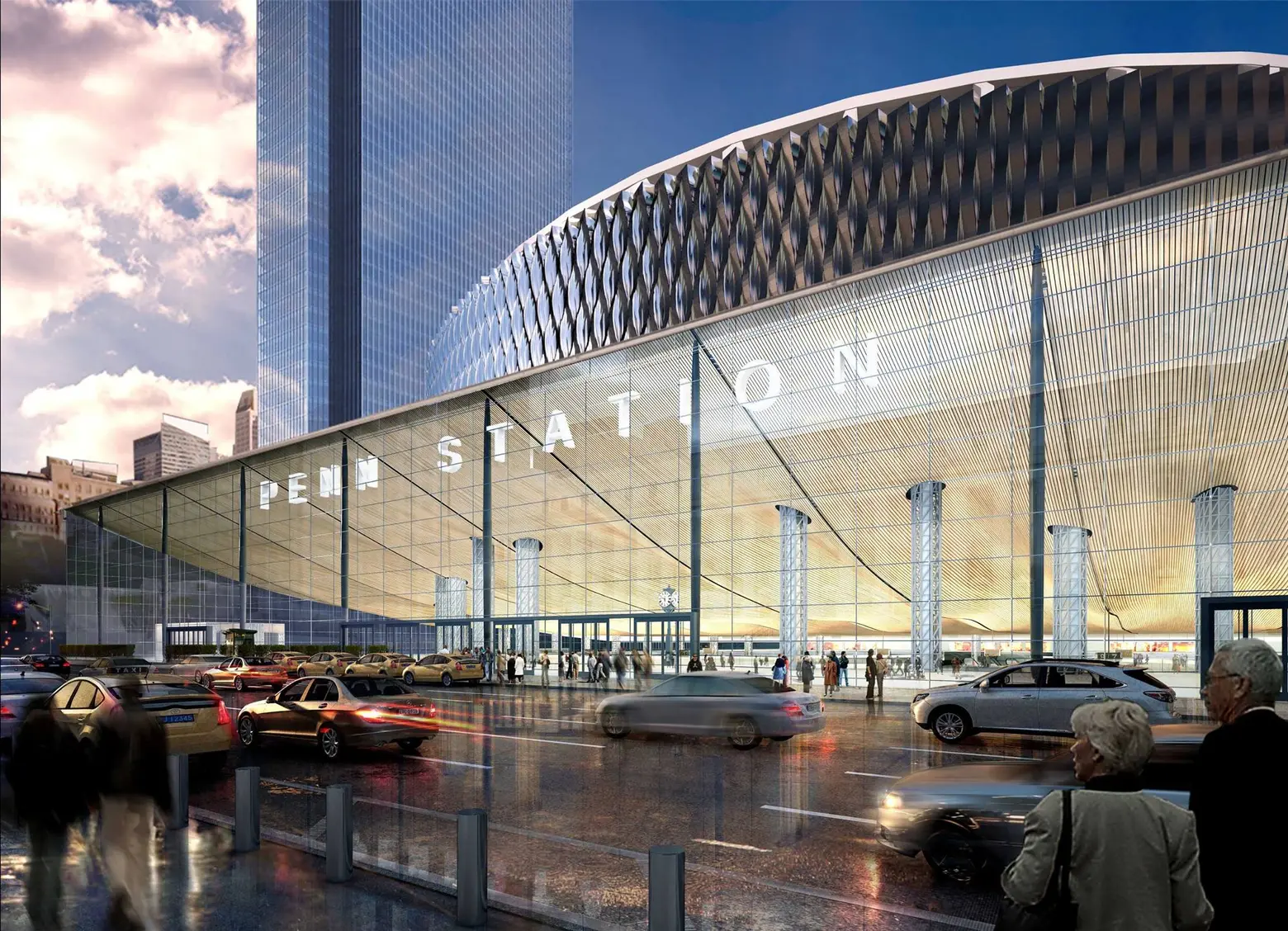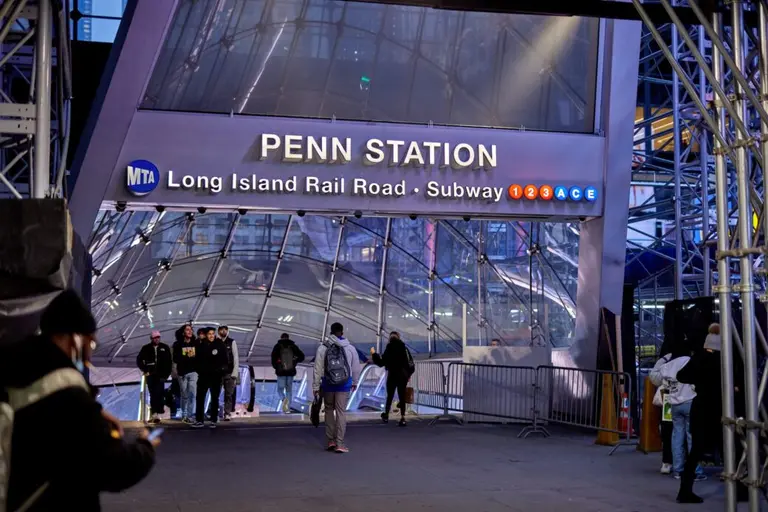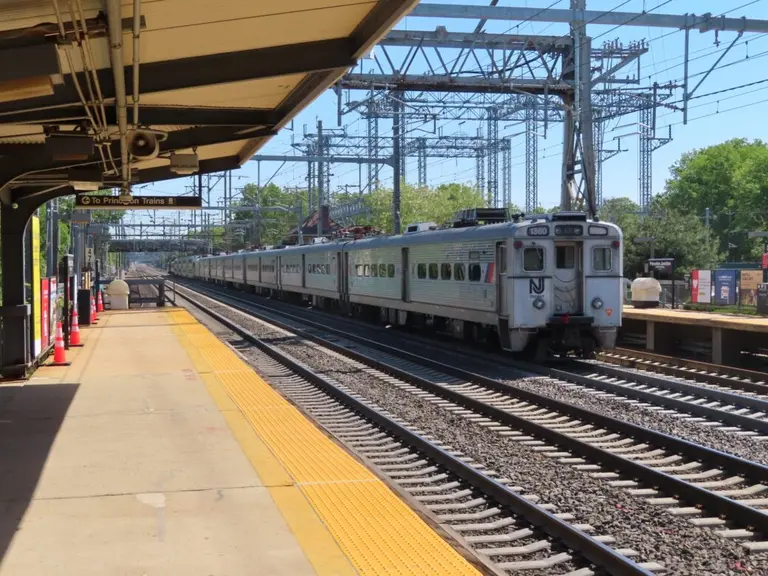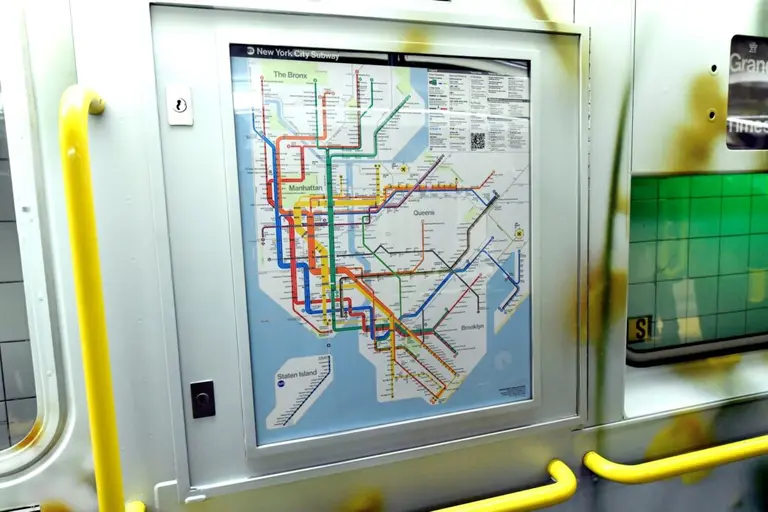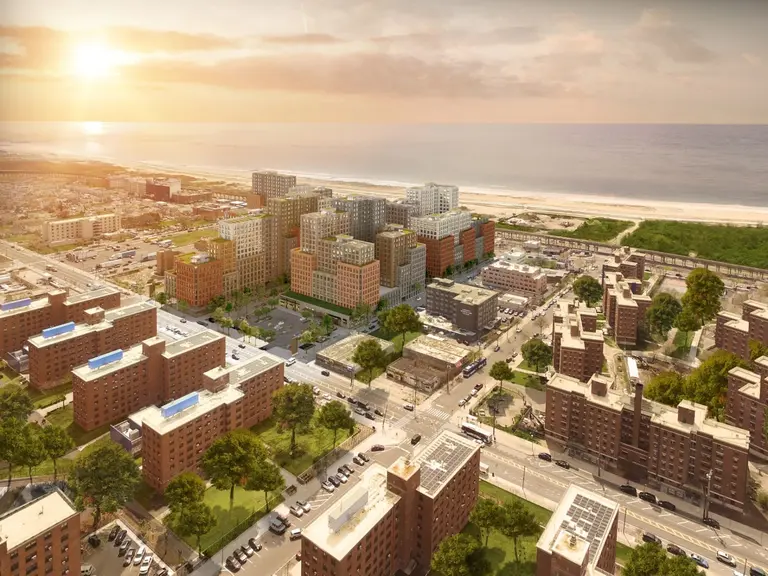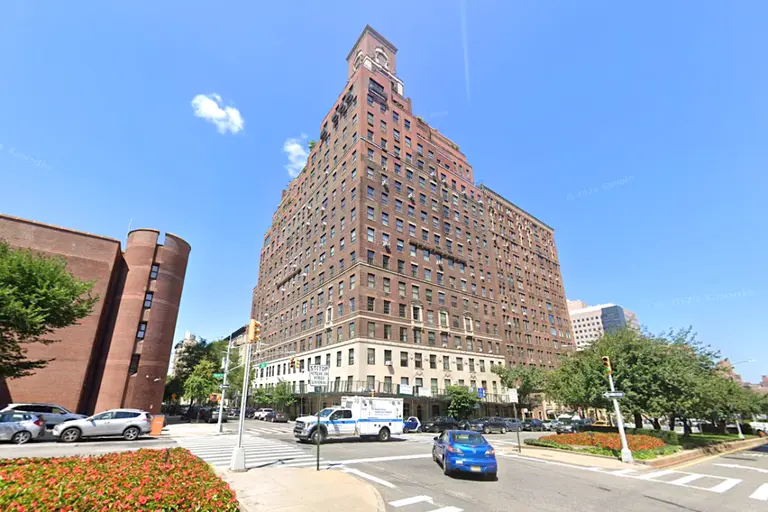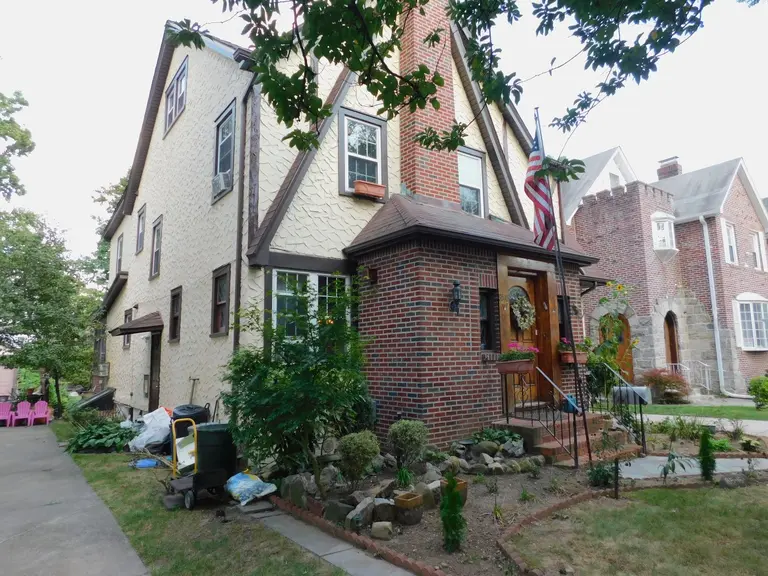Amtrak Estimates Penn Station and Hudson River Tunnel Projects Will Cost $24B
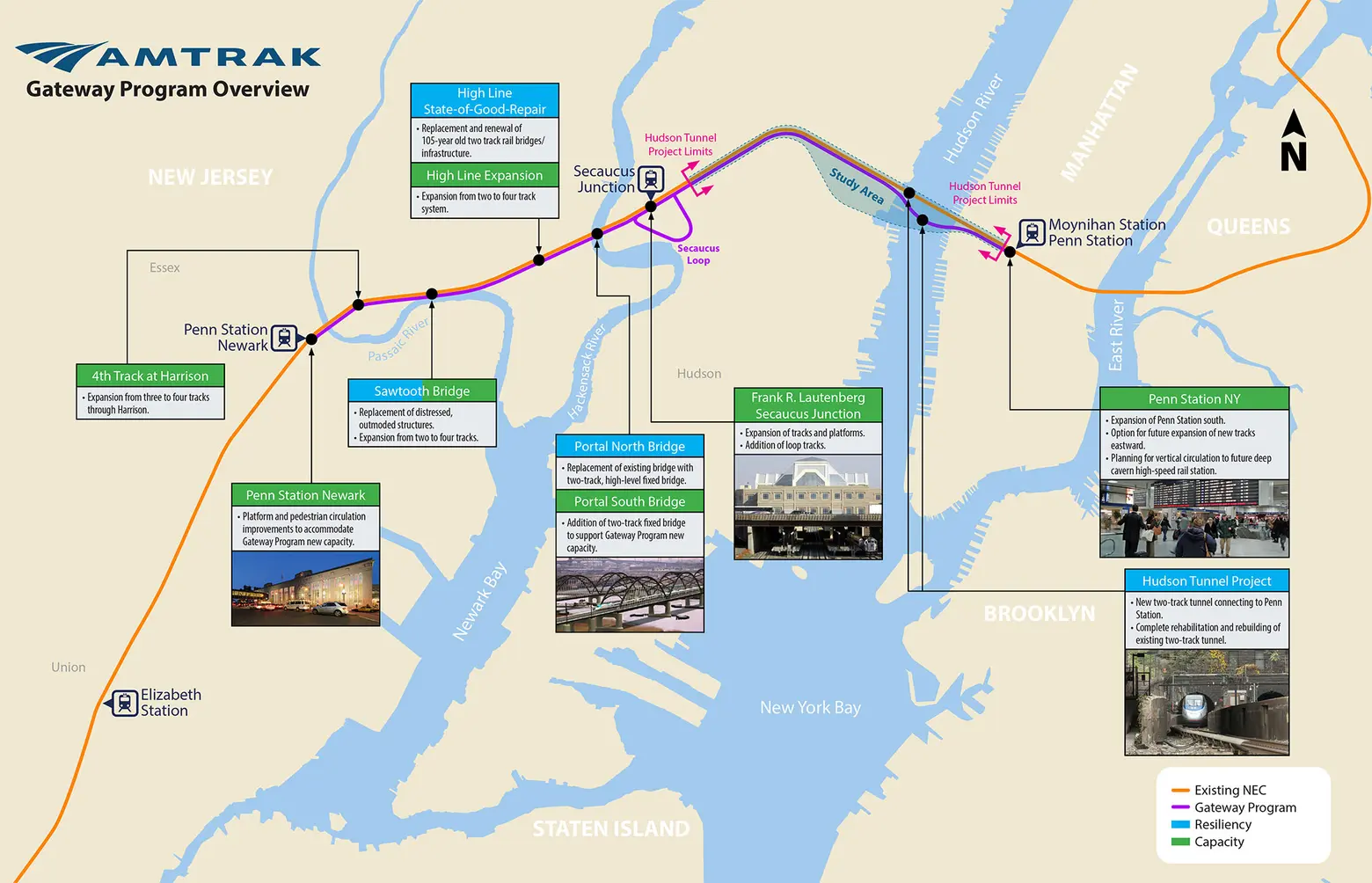
When Governor Cuomo announced his $3 billion revamp of Penn Station earlier this month, skeptics were quick to point out that all the glassy new structures and reconfiguration of waiting rooms won’t do anything to help the fact that the Hudson River rail tunnels are crumbling. Clearly on the same page, Amtrak announced yesterday a detailed overview of the entire infrastructure project, and it comes in at a whopping $23.9 billion.
According to the Times, “the largest share of about $7.7 billion [will go towards] building the new Hudson tunnel and repairing the existing tunnel. The project includes a host of other elements, including expanding Pennsylvania Station in Manhattan at an estimated cost of $5.9 billion, and replacing rail bridges in New Jersey.”
Known as the Gateway Program, the project includes many improvements in New Jersey, such as a new circulation plan at Penn Station Newark, repairs of several bridges, and an expansion at Secaucus Junction. The most major components are the expansion of New York Penn Station and the Hudson Tunnel Project, which will bring a new two-track tunnel into the station and rebuild the existing, century-old tunnel. The old tubes, built in 1910, couldn’t handle current ridership (which has grown by 155 percent since 1990) even if they were in pristine condition, but since flooding during Hurricane Sandy they’re being eaten away by saltwater residue. Though no start date was given for the project, Amtrak says it will take a decade. They provided a more concrete timeline for adding additional tracks to the south of Penn Station, predicting work could start in 2024 and wrap up in 2030.
Back in September, Governors Cuomo and Christie agreed to cover half the cost of the infrastructure project, and now federal officials have agreed to cover the rest. They’ll create a separate entity within the Port Authority of New York and New Jersey to manage the project. Amtrak was quick to warn that its cost estimates are preliminary and the exact figures won’t be determined until engineering, environmental, and financial assessments have been completed.
[Via NYT]
RELATED:
